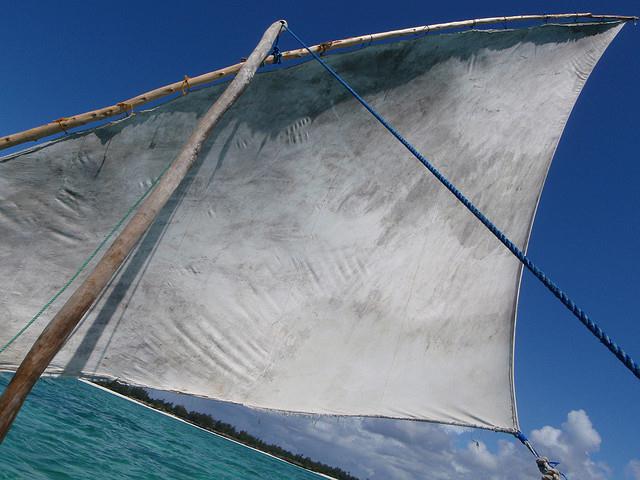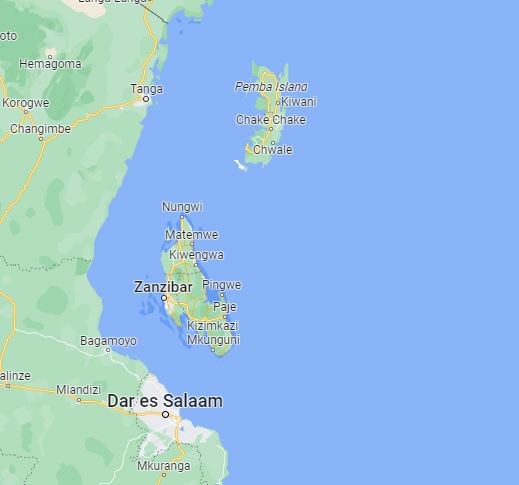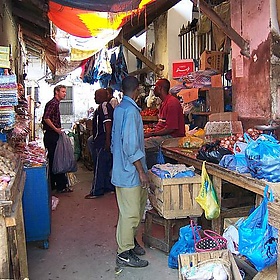Zanzibar
Zanzibar comprises the Zanzibar Archipelago in the Indian Ocean, off the coast of the mainland, and consists of numerous small islands and two large ones: Unguja (the main island, informally referred to as Zanzibar), and Pemba Island.
Arab and Portuguese traders visited the region in early times, and it was controlled by Omanis in the 18th and 19th centuries. Britain established a protectorate (1890) that became an independent sultanate in December 1963 and a republic after an uprising in January 1964. In April 1964 it joined Tanganyika to form a new republic that was renamed Tanzania in October 1964.
The capital of Zanzibar, located on the island of Unguja, is Zanzibar City, and its historic centre, known as Stone Town, is a World Heritage Site.
Zanzibar's main industry are spices, raffia, and tourism. In particular, the islands produce cloves, nutmeg, cinnamon and black pepper. For this reason, the islands, together with Tanzania's Mafia Island, are sometimes called the Spice Islands.
Zanzibar's ecology is of note for being the home of the Zanzibar Red Colobus and the (possibly extinct) Zanzibar Leopard.
Why visit?
- Zanzibar is home to a diverse population of people from different cultures and backgrounds. Visitors can explore the local culture by visiting the markets, attending a cultural event, or taking a tour of the island.
- Zanzibar is home to the historic Stone Town, a UNESCO World Heritage Site. This ancient city is filled with winding alleyways, bustling markets, and centuries-old architecture.
- Zanzibar is known for its stunning white sand beaches and crystal clear waters. Visitors can spend their days lounging on the beach, swimming in the warm waters, and snorkeling in the coral reefs.







